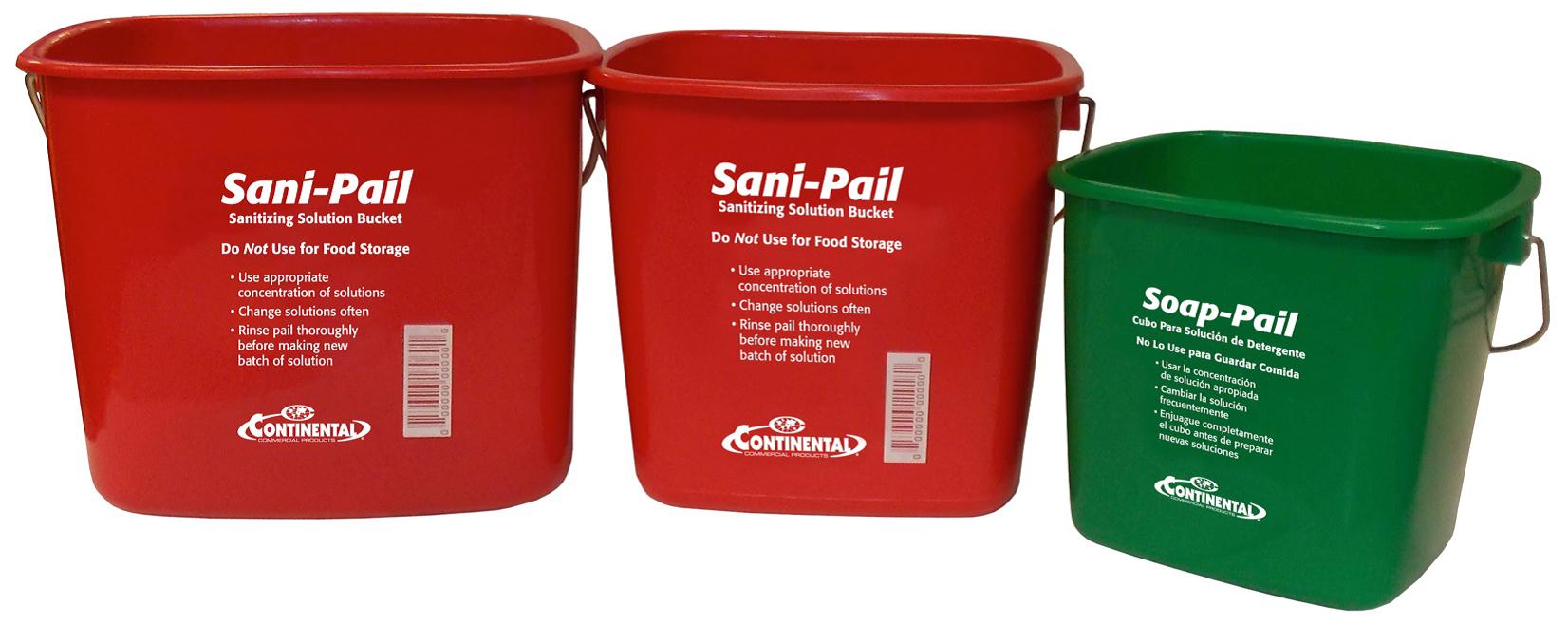How to Reduce Cross-Contamination in Restaurant Kitchens: In the 35 years I have spent in the chemical industry after working as a kitchen helper and studying to be a chef, I have realized that cross-contamination is a substantial issue and constantly needs to be adequately addressed.
What Is Cross-Contamination
So what is cross-contamination, and why is it a big problem? Cross-contamination, when an object becomes contaminated by contact with another already infected thing, is a big problem because it can cause food poisoning. This happens when bacteria are transferred onto food about to be served to customers. To tackle this problem, you need to know when cross-contamination is most likely to happen, how to deal with cross-contamination, and how to prevent cross-contamination in the first place.
There are two approaches to cross-contamination: 1) you can deal with it as it happens, or 2) you can prevent it from happening in the first place. In my experience, prevention is the best approach. However, it is impossible to remove cross-contamination altogether, so I will explain how you can minimize the risk as much as possible.
Cross-contamination may occur, for example, when you reuse cloths to clean slicers, grinders, tables, and cutlery if you use the same knife to cut cooked and raw food; or store uncovered food near each other. These examples are hard to notice because cross-contamination happens on a small scale (bacteria and liquids). However, watching for and avoiding these situations will significantly reduce your chances of cross-contamination.
Read Also: Getting Sick From Where You Dined Silverware
Proper Sanitzation
I have seen that proper sanitization in a restaurant kitchen is a successful method of reducing cross-contamination. If you don’t use the accepted sanitizers, the bacteria will be passed onto the other tables, utensils, and cutlery, spreading faster than you think. Unfortunately, simply cleaning will not work; you must also sanitize correctly. Using an adequately marked cleaning and sanitizer bucket for your wipes and changing frequently will need to be done. Usually, you can get test strips from your chemical supplier, who can assist with wall charts and training.
In terms of avoiding cross-contamination between foods, there are a few tips. Keeping your raw foods at the bottom of the fridge or in a separate area will prevent raw meat juices from dripping onto other food. Keeping stored food away from each other is simple and easy to do. However, preventing cross-contamination during the cooking phase, where cooked and raw foods are near each other, is tricky. We often move back and forth between uncooked and cooked food, which can cause cross-contamination and result in the customers receiving contaminated cooked food. To prevent this, regularly wash your hands and try to handle the uncooked food first and then move on to the cooked food with new, cleaned utensils.
When working in a fast-paced kitchen, it can take a lot of work to focus on cross-contamination. Keeping an eye on these possible cross-contamination situations, regularly practicing these methods, and using the right cleaners and sanitizers will make you more successful in reducing cross-contamination.
For more information, please sign up for my newsletter or check out my podcast
https://hospitalitycleaning101.buzzsprout.com
Picture courtesy of http://www.continentalcommercialproducts.com/

